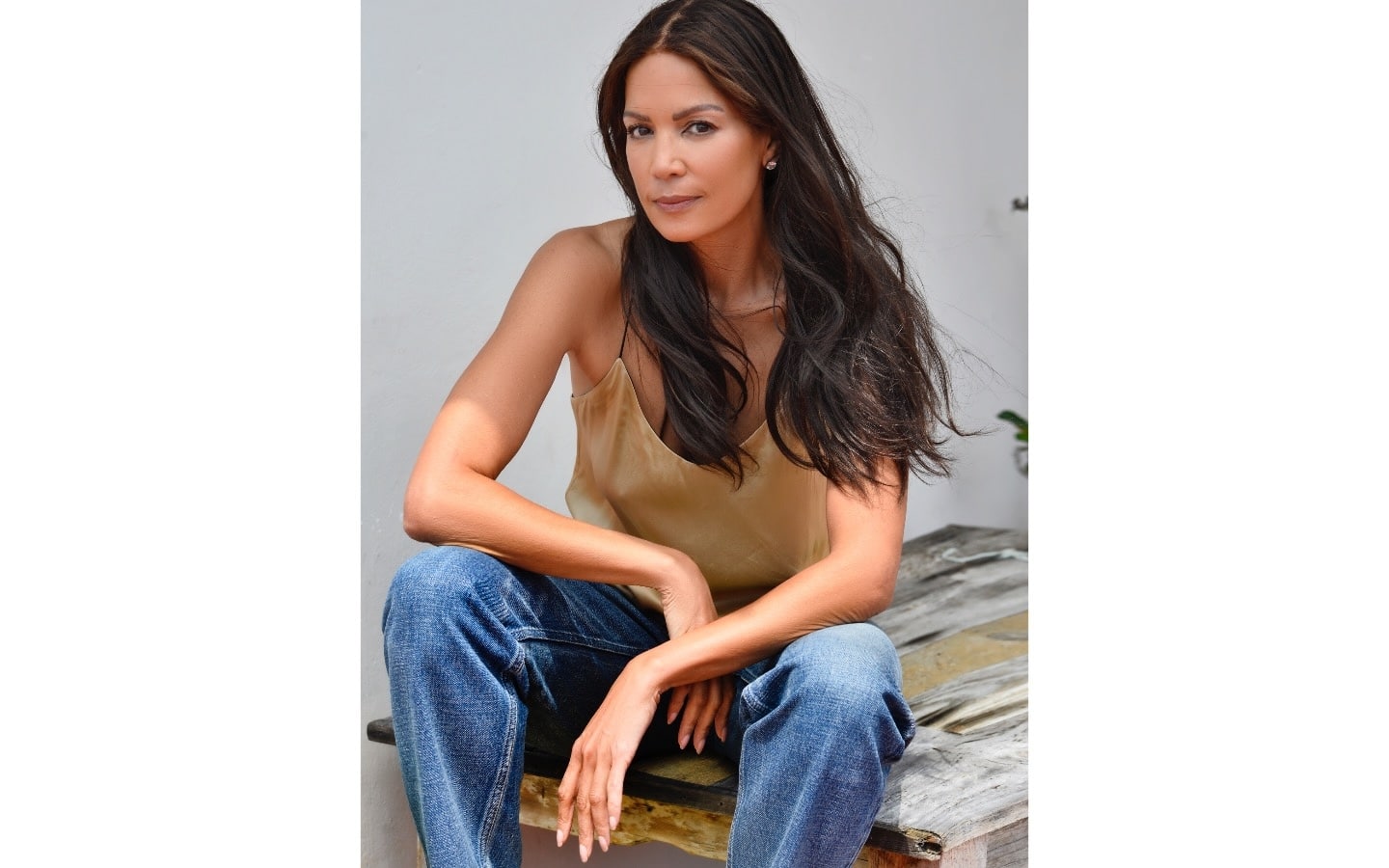
Patient Spotlight: Veronica Webb
Veronica Webb is a pioneering model, writer, and media personality whose work bridges fashion, beauty, and wellness. With a career spanning runway, television, and editorial, she brings a unique insider’s perspective to the evolving conversation on aging, health, and self-reinvention. (Photo credit: Andre Gabb)
Veronica has been part of the Centurion Physical Therapy community for several years, returning whenever life (and movement) called for a reset. She kindly shared some thoughts below on the universal and uniquely personal sides of her PT experience. She and Deanie also teamed up to research and write about using a weighted vest to improve fitness and bone density—[click HERE to read it]
1. How does your physical health or physicality relate to your work and daily life?
Literally, it is everything. I depend on being vital, fit, and trim in order to make a living as a model for the last 40 years—but that’s the least of it. Feeling strong and flexible dictates every aspect of my life, from mental clarity to my mood, sleep, appetite, and relationships.
2. What injury or condition brought you to physical therapy?
I had multiple injuries: a severed bicep tendon, a bone spur approach, a torn rotator cuff, and a pesky disc that was not quite slipped but getting there. I had gone from being able to run marathons and do martial arts, execute jumps, figure skate, and breeze through just about any yoga class to living a nearly sedentary lifestyle.
3. What impact did that injury have on your job and on your life overall?
It got really hard to drive my kids to school—and especially to parallel park. As you can imagine, in Manhattan that’s a tall, tight order. What I was experiencing was low-level pain all the time that altered my mood and affected my performance in everything I did. It was even hard to put on shirts over my head, and when you’re a model, time is money—quick changes are a nonnegotiable part of the shooting day.
4. What were some of the biggest challenges you faced before starting therapy?
Admitting that I just couldn’t power through it. We can be our own worst enemies, can’t we? We continue to work on top of an injury, thinking that the more pain you can endure, the stronger you’re getting—but that’s not always the case.
5. How did your experience in physical therapy help you address those challenges?
Physical therapy helped me recalibrate how I ask my body to perform for me. I learned a lot of safety techniques that allow me to do all the things I love, but without bringing home an injury at the end of the day.l the things that I love to do, but without bringing home an injury at the end.
6. Has physical therapy changed the way you do certain things at work or in daily activities?
My mother always used to say, “Do not use your body as a tool.” I don’t force things anymore—I’ll actually get a tool to open a jar. When I need to pick something up, I’m conscious of activating my core, being careful with my knees, and kind to my shoulders.
7. What improvements or progress stood out to you most during your recovery?
Working out without pain. Recovering faster and getting the same results—or better—than when I was kind of naïvely abusing myself.
8. Did the experience change how you think about your body, exercise, or overall health?
I think the combination of physical therapy and age has made me think about longevity. More than anything, I focus on caring for my joints and realizing that physical therapy is like a weekly or daily tune-up. You know, sometimes we treat our cars better than we treat our bodies.
9. What lessons or habits from PT do you continue to use in your daily life?
PT bands are genius! If I feel like something is off, I pull my bands out and tune everything up before a workout. If I’m on the road and pressed for time, the bands—and the videos on Centurion’s site—save the day.
10. What advice would you give to someone just starting their physical therapy journey?
Patience and consistency are key. Stick with it!

